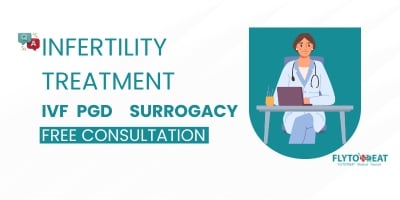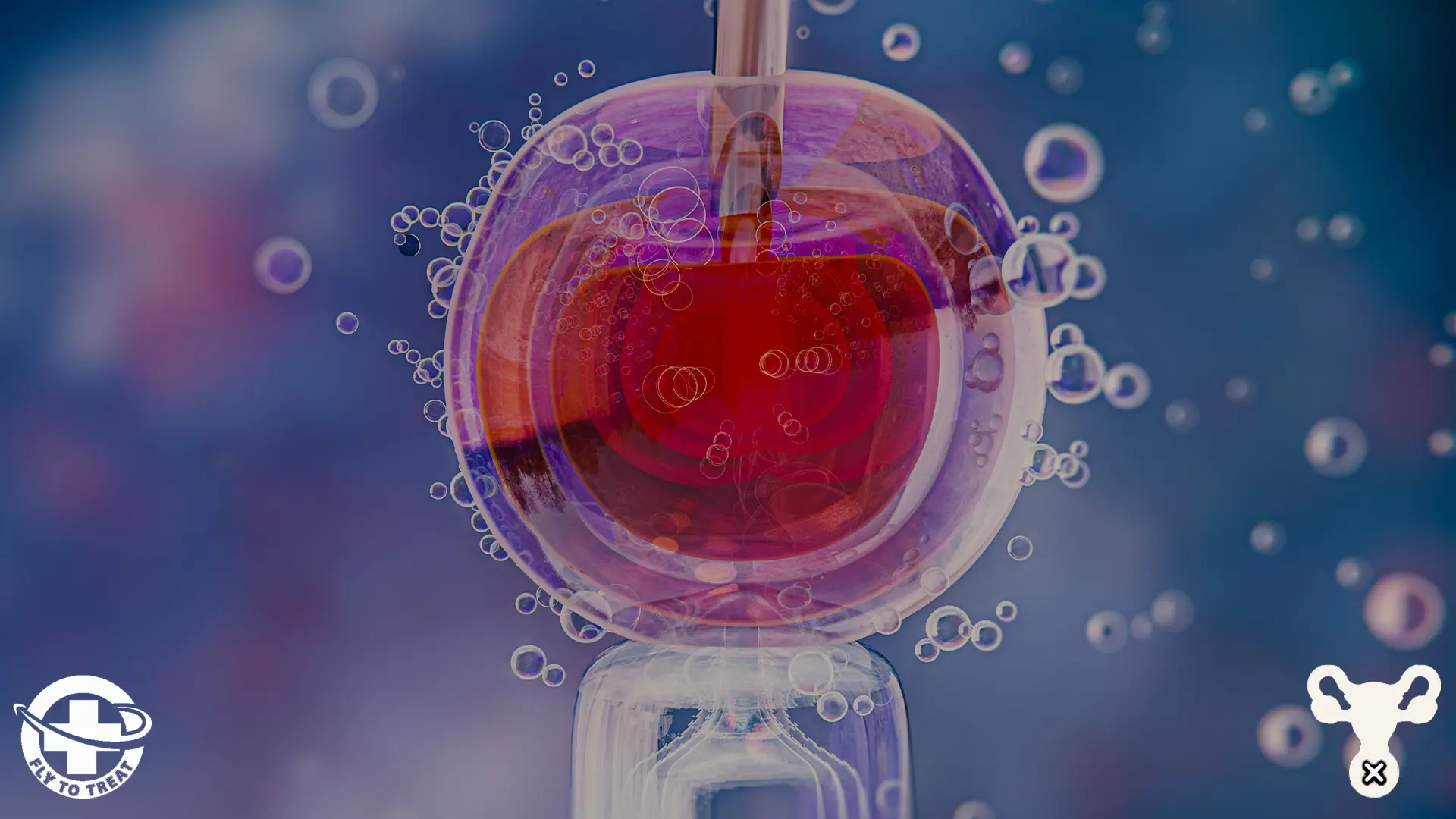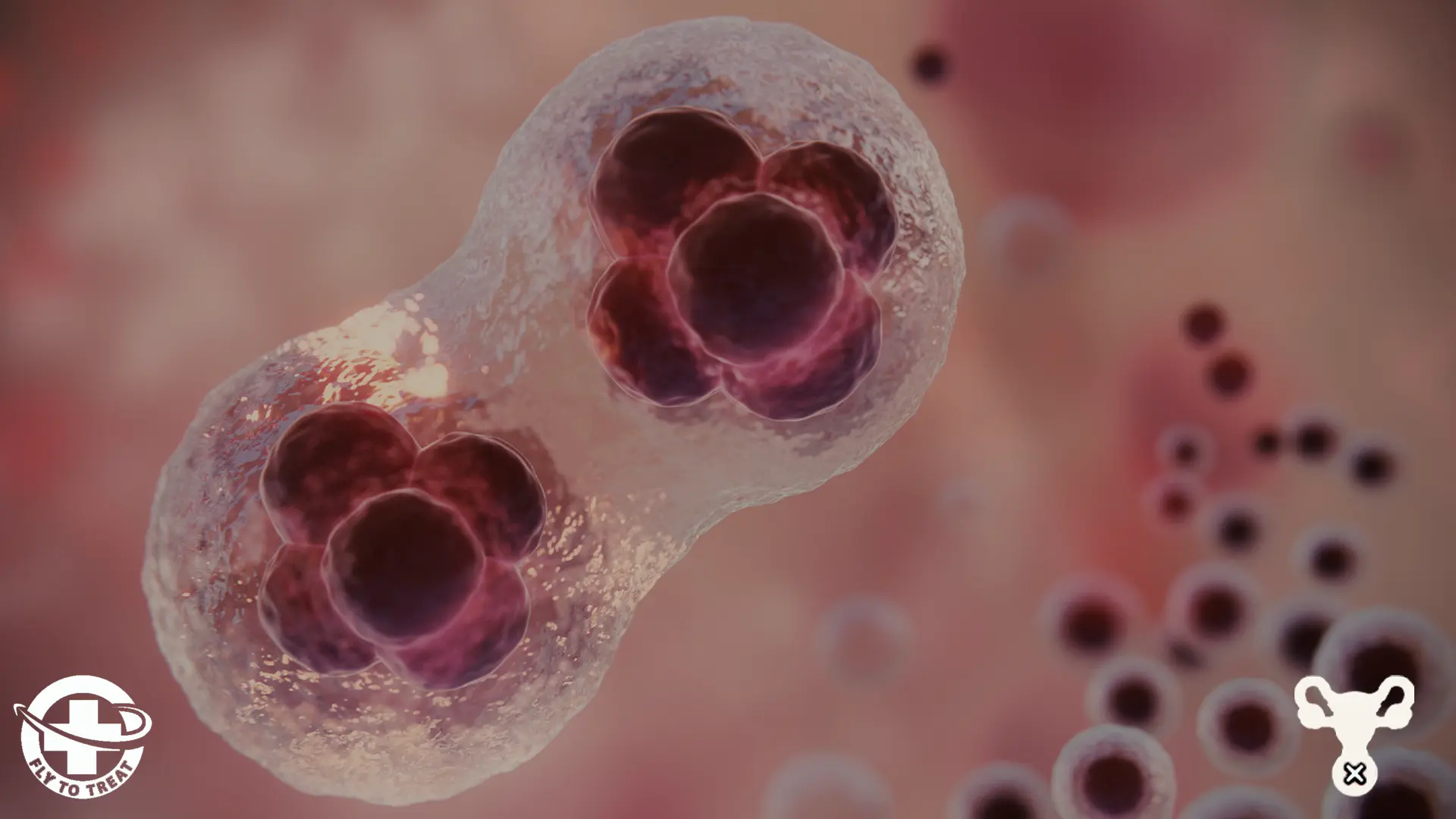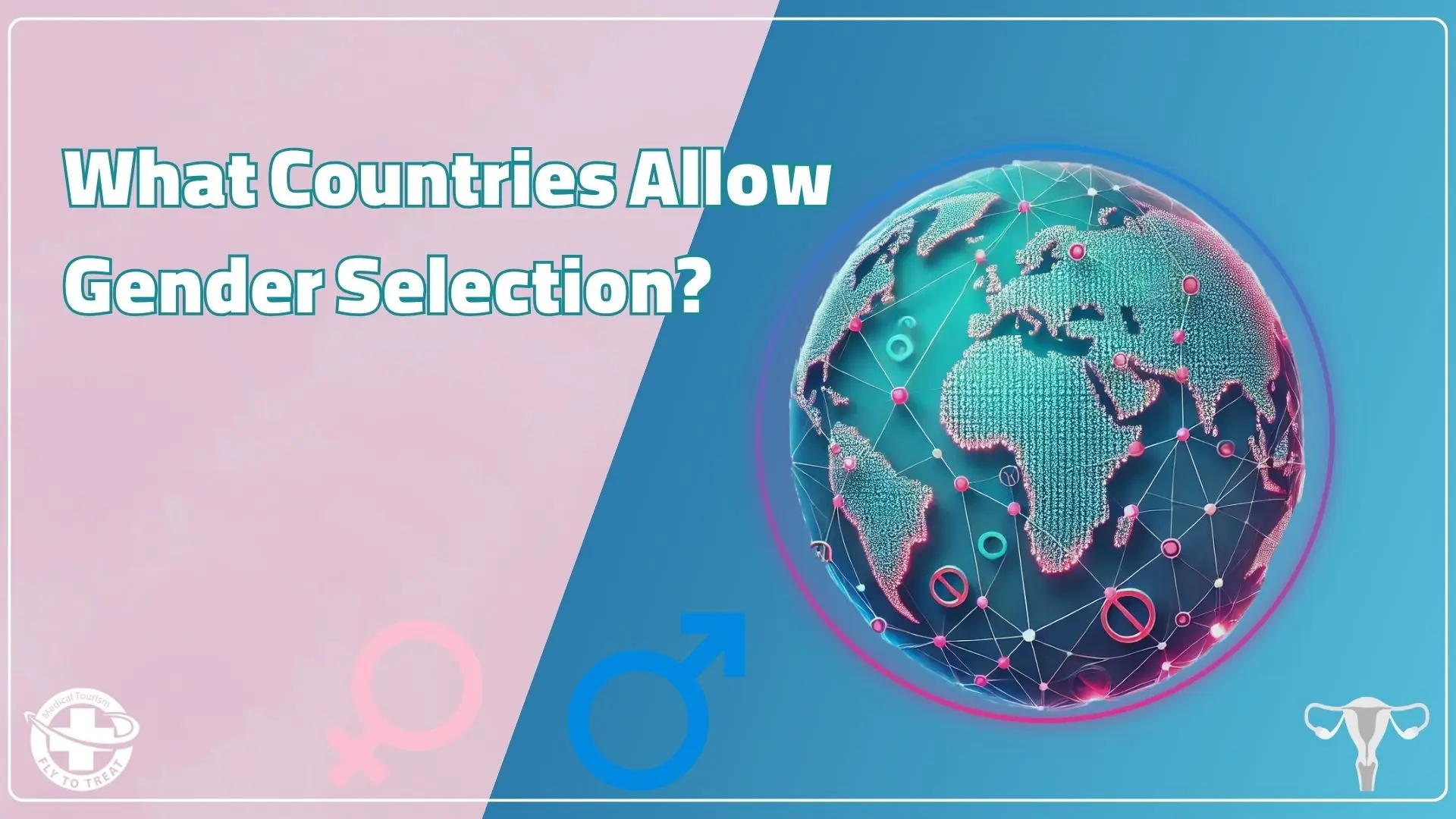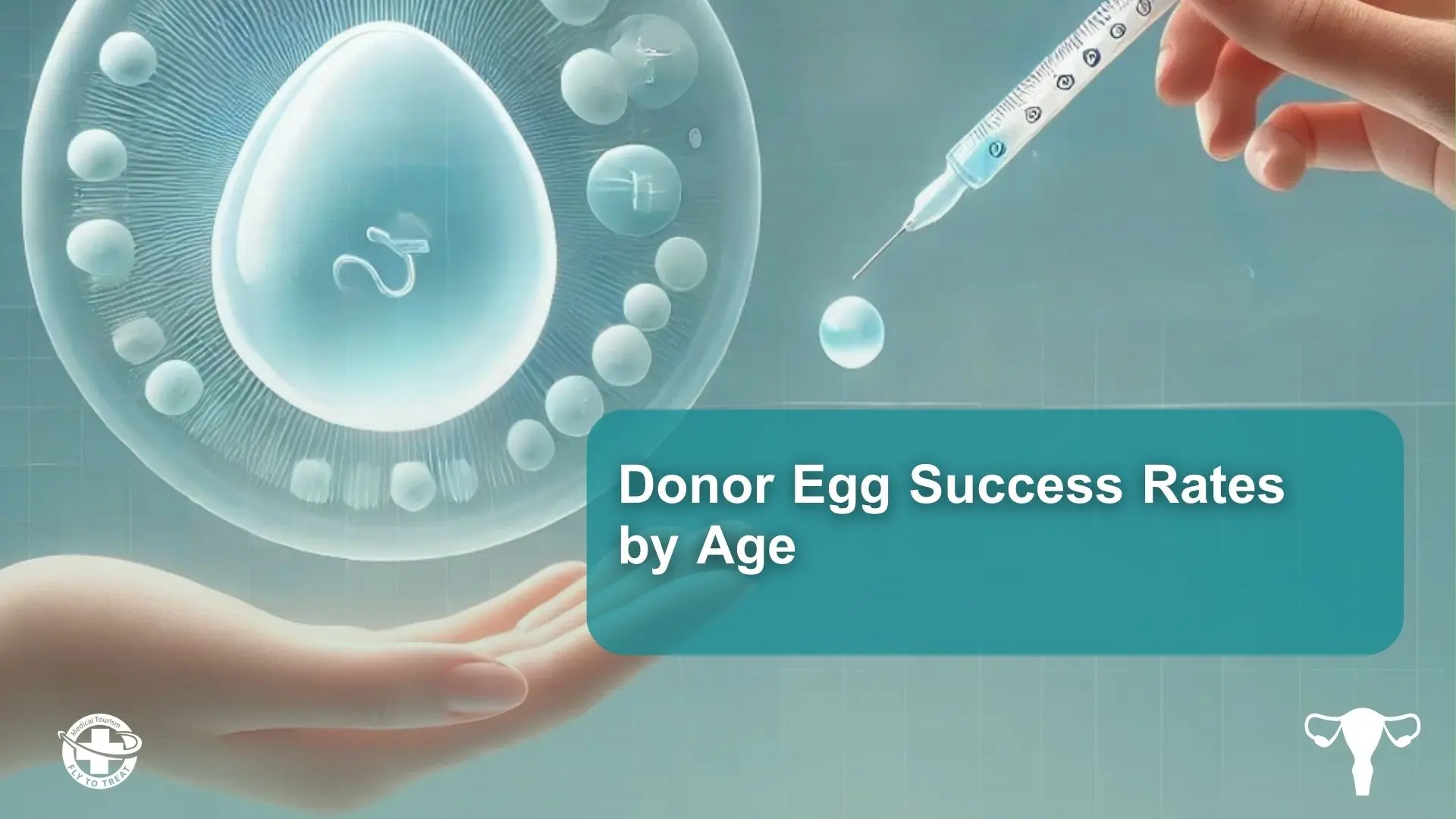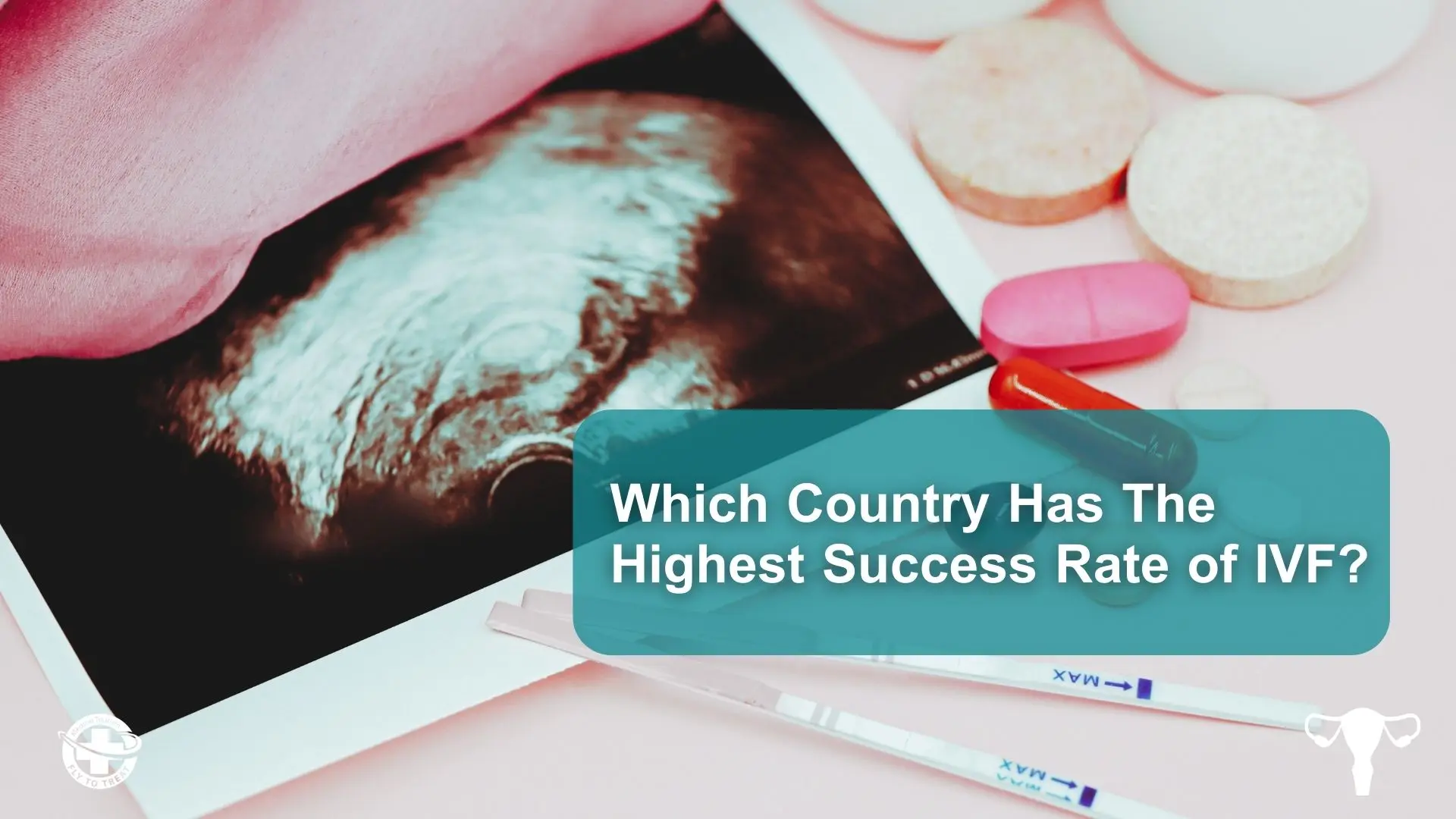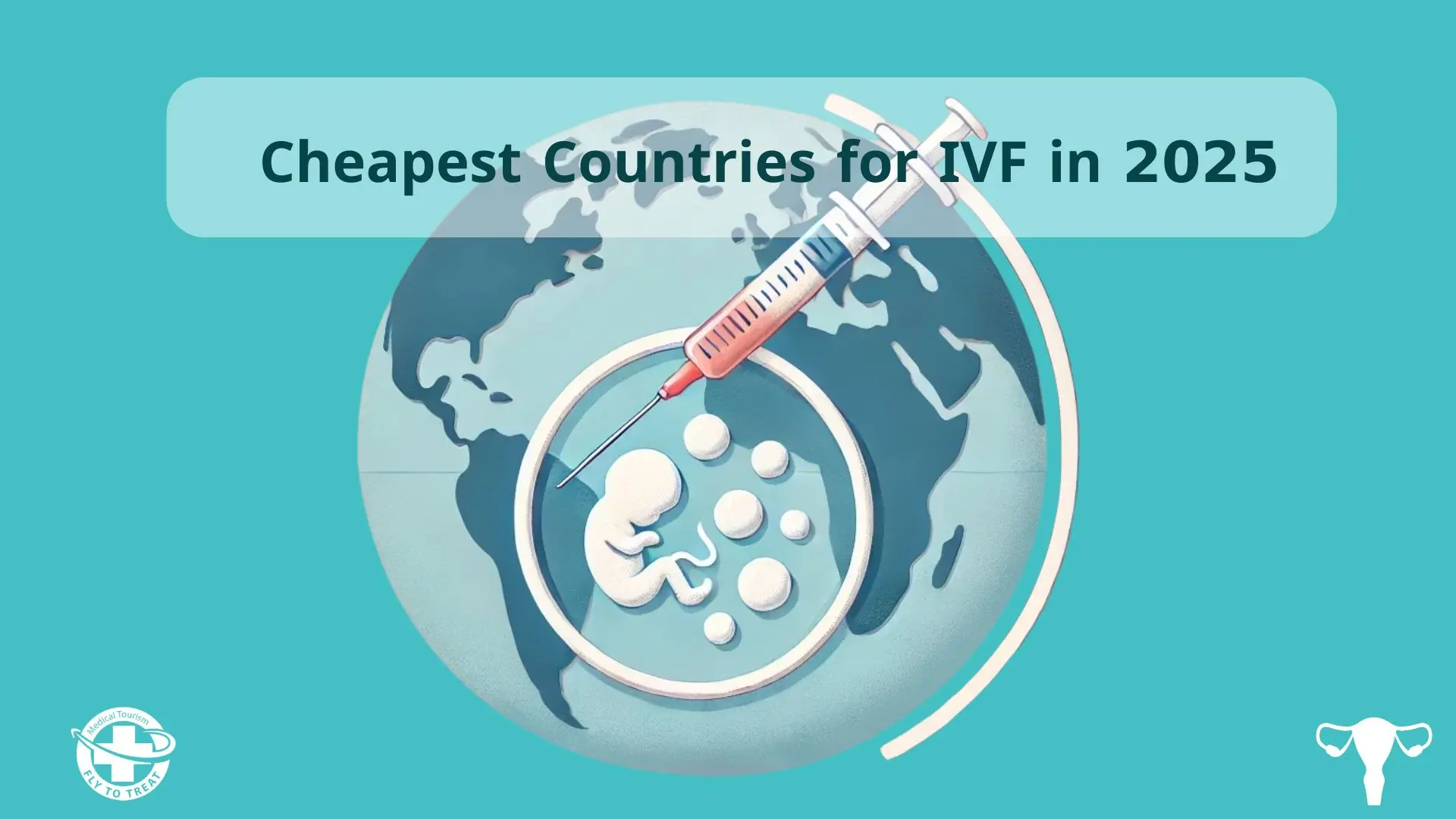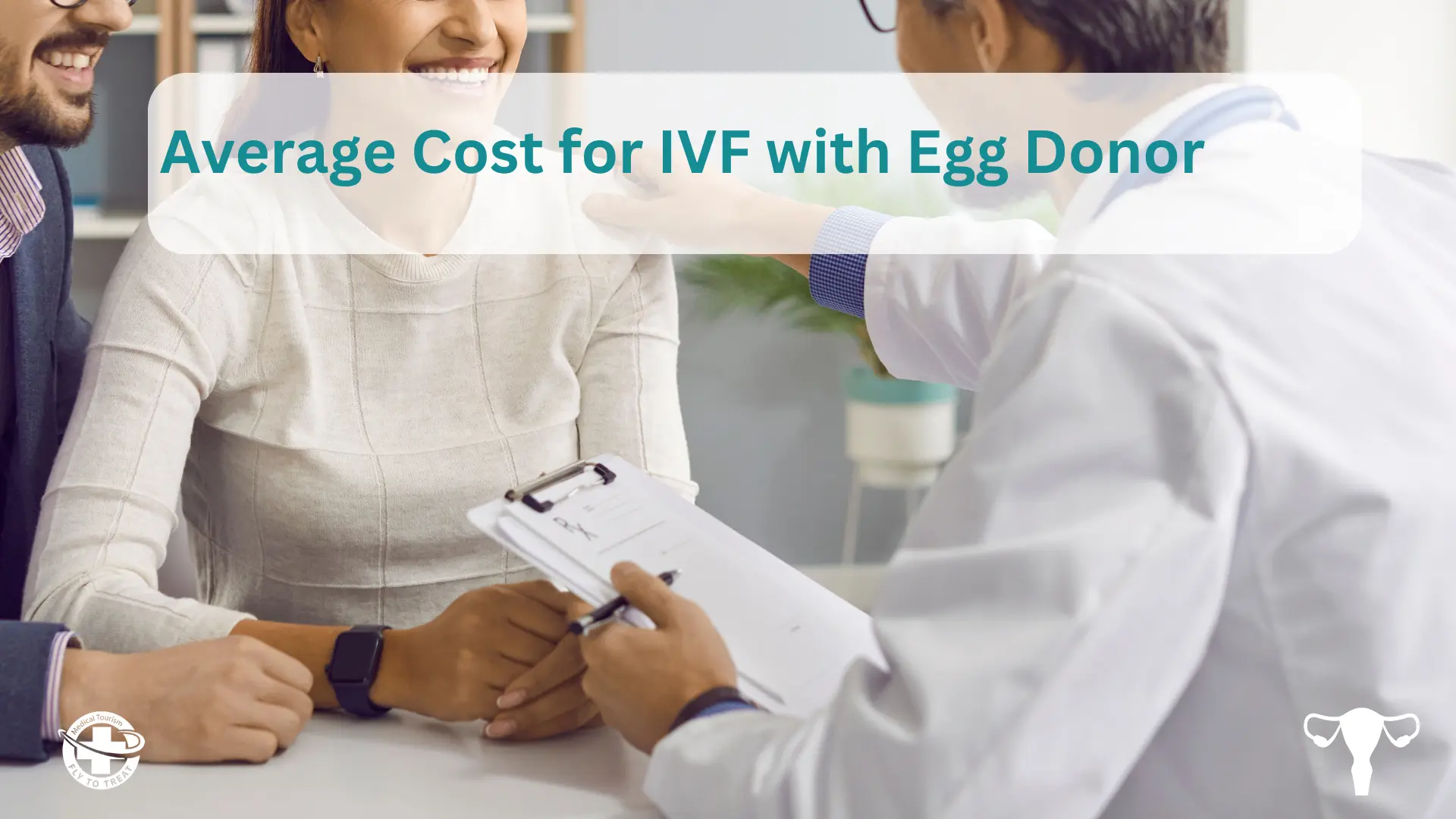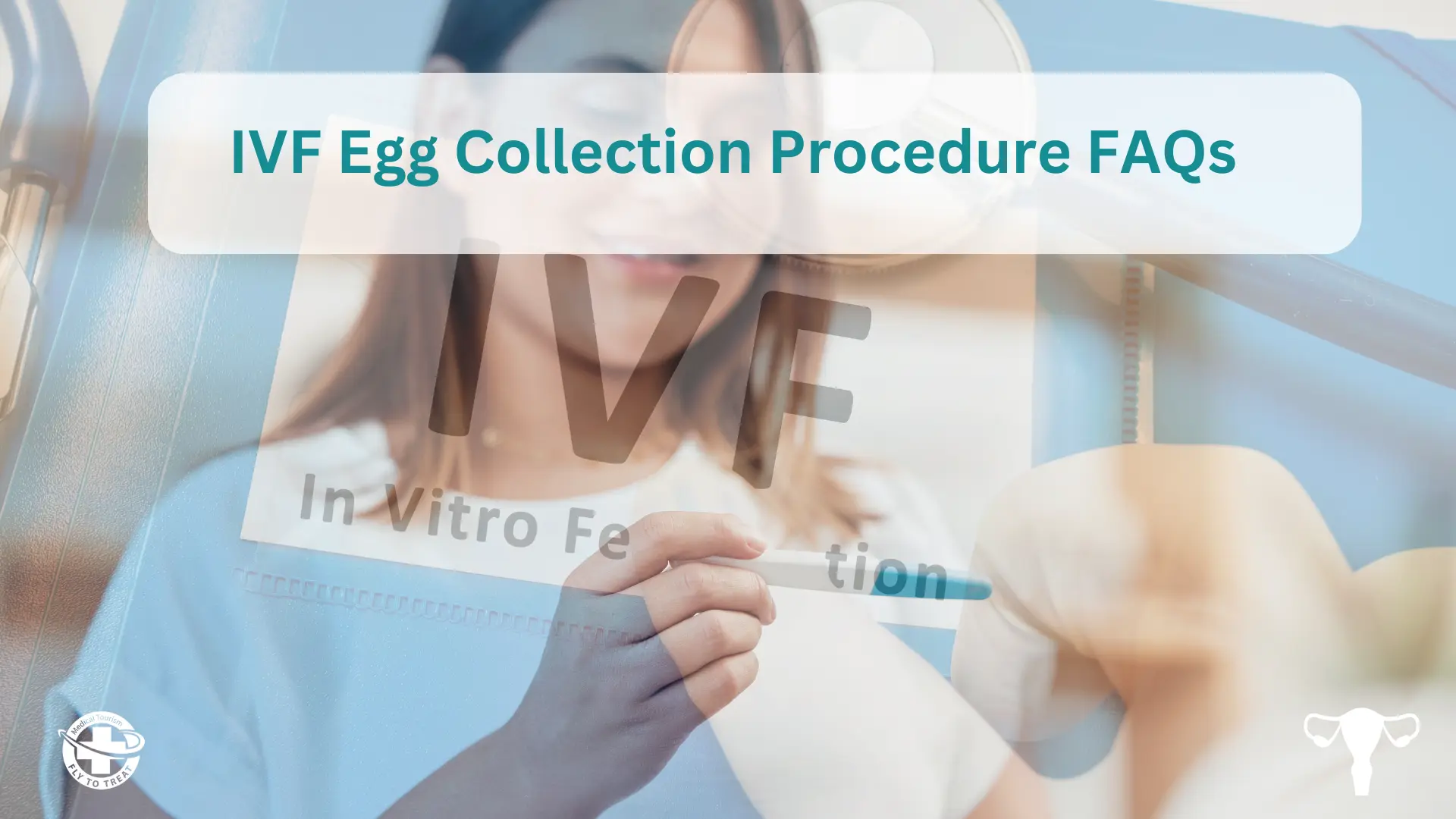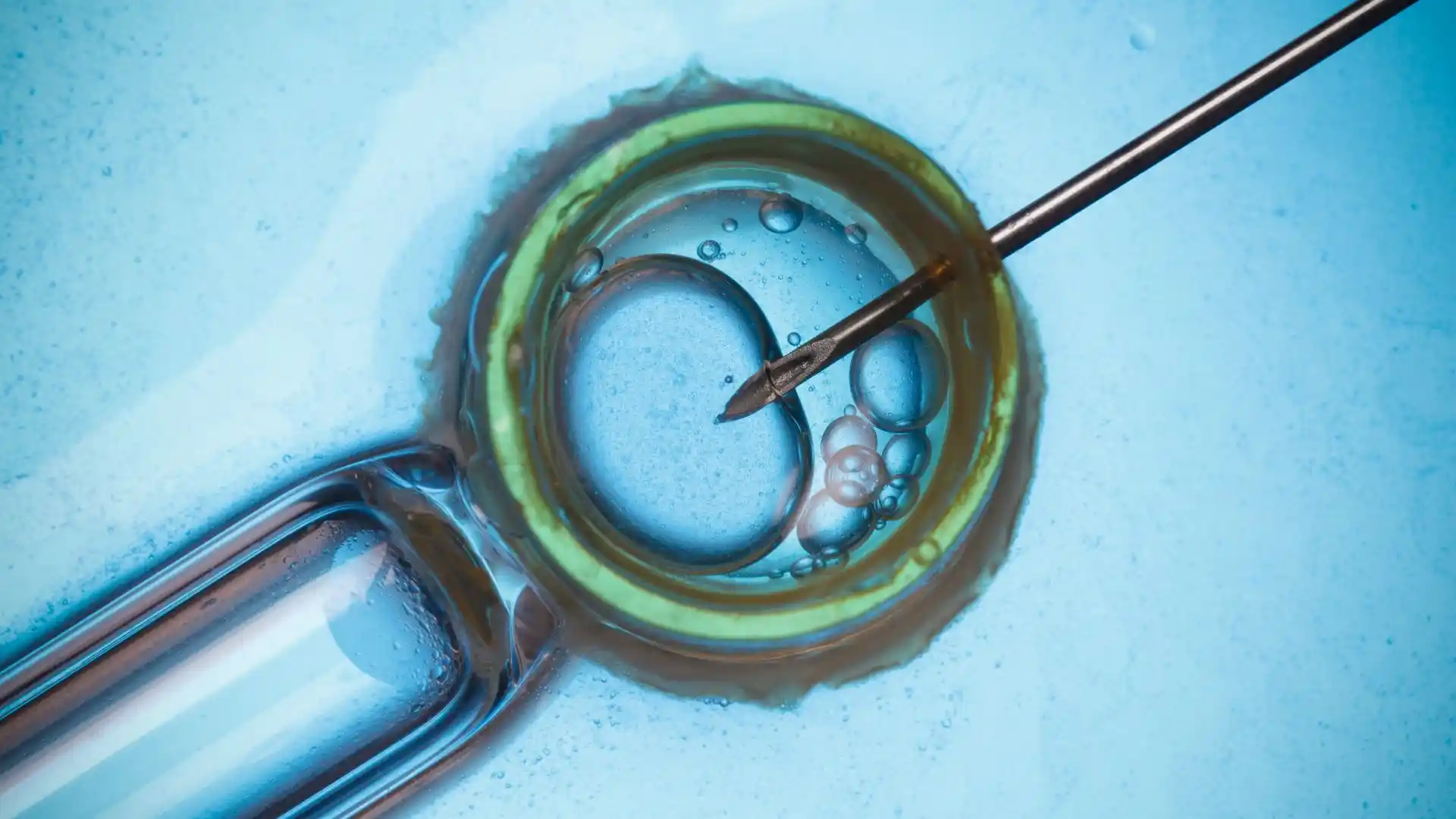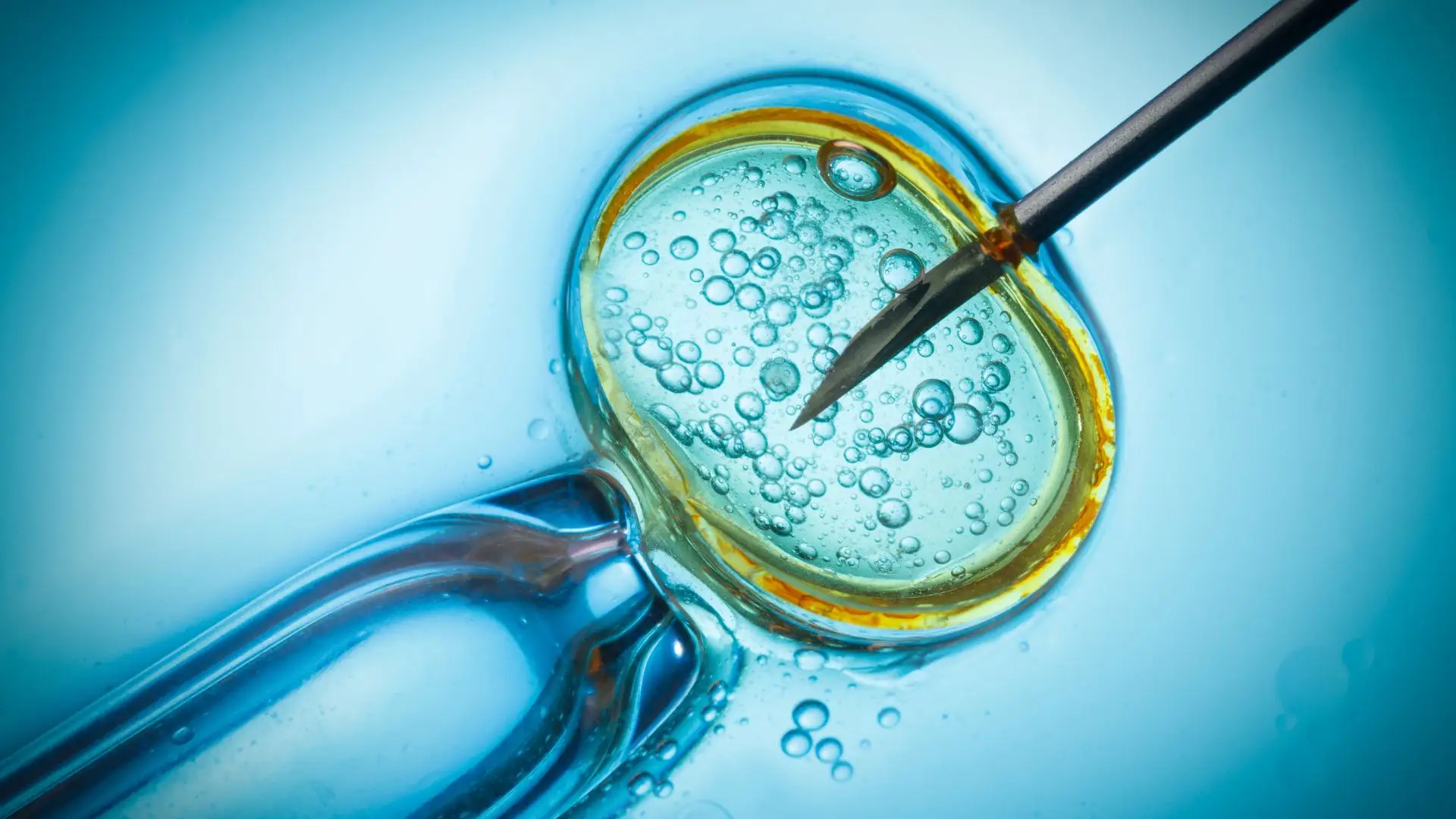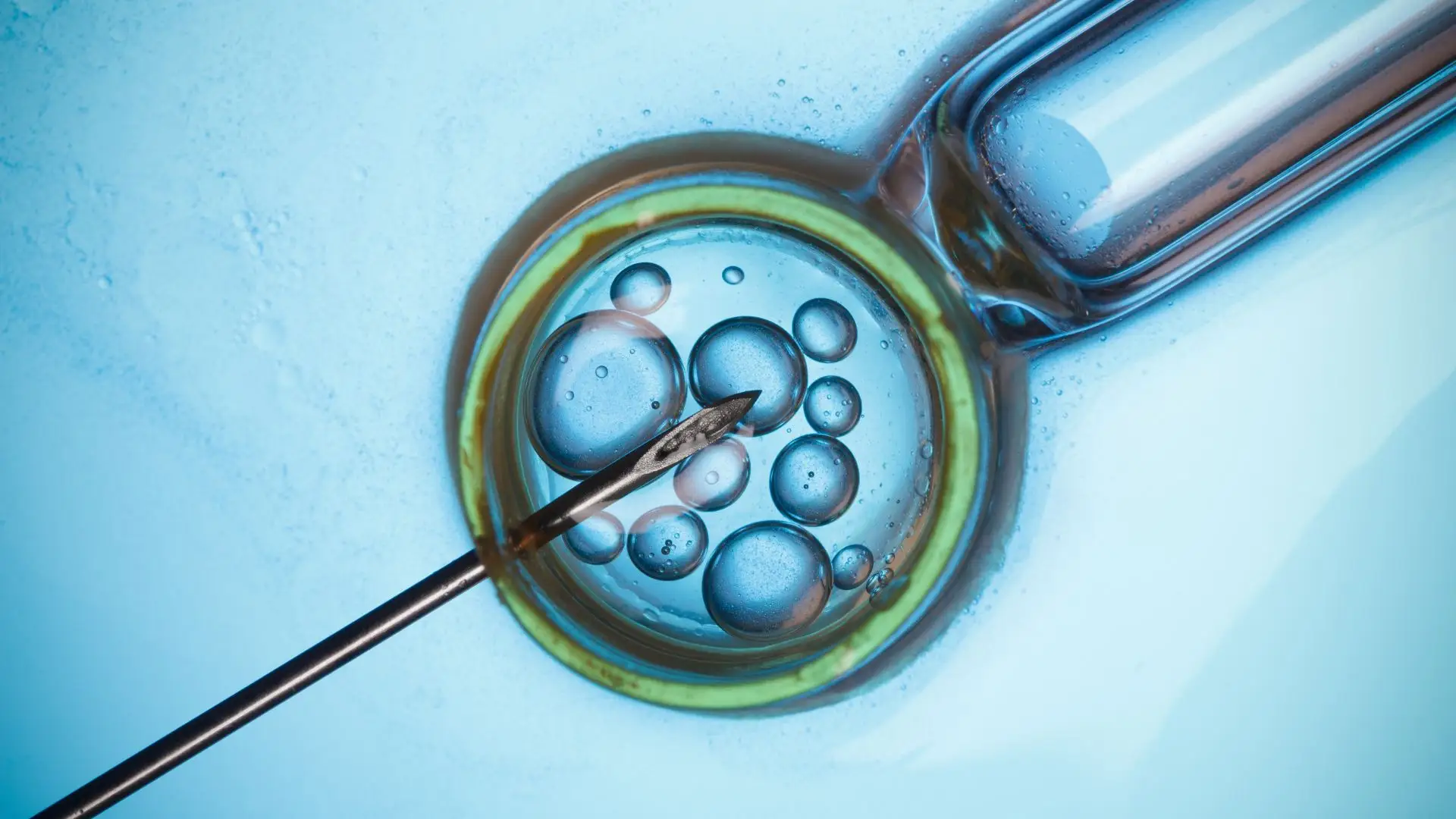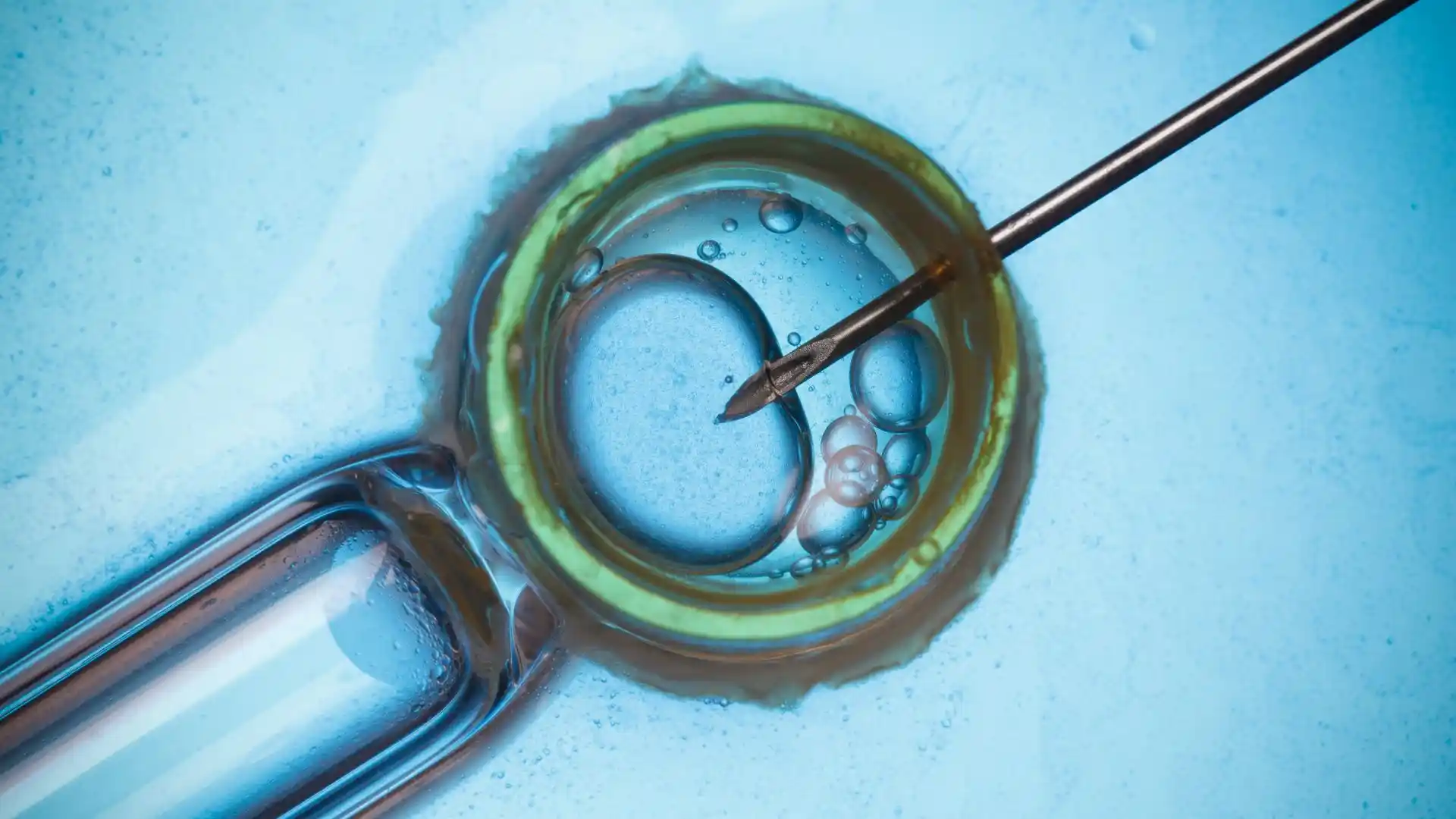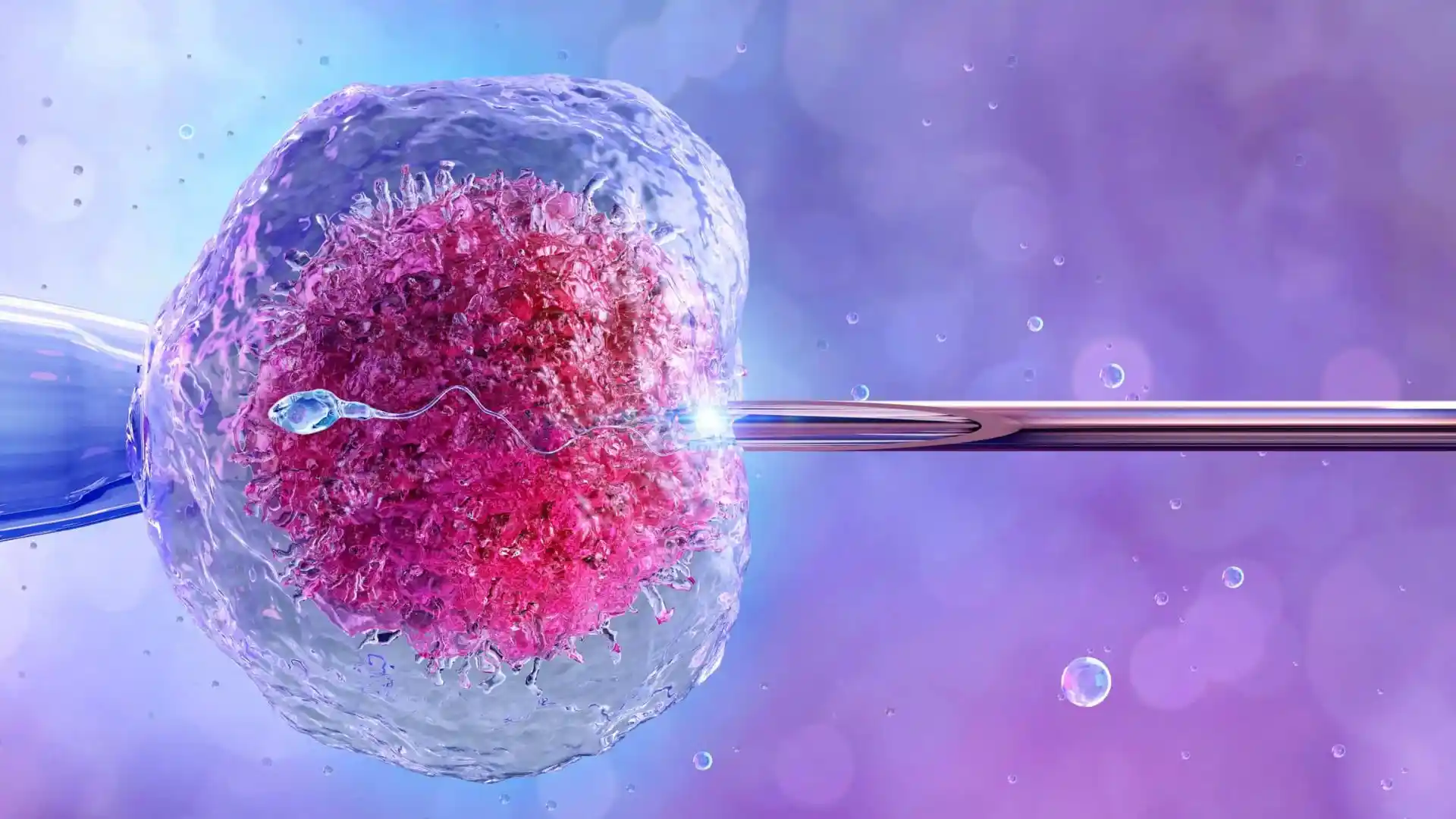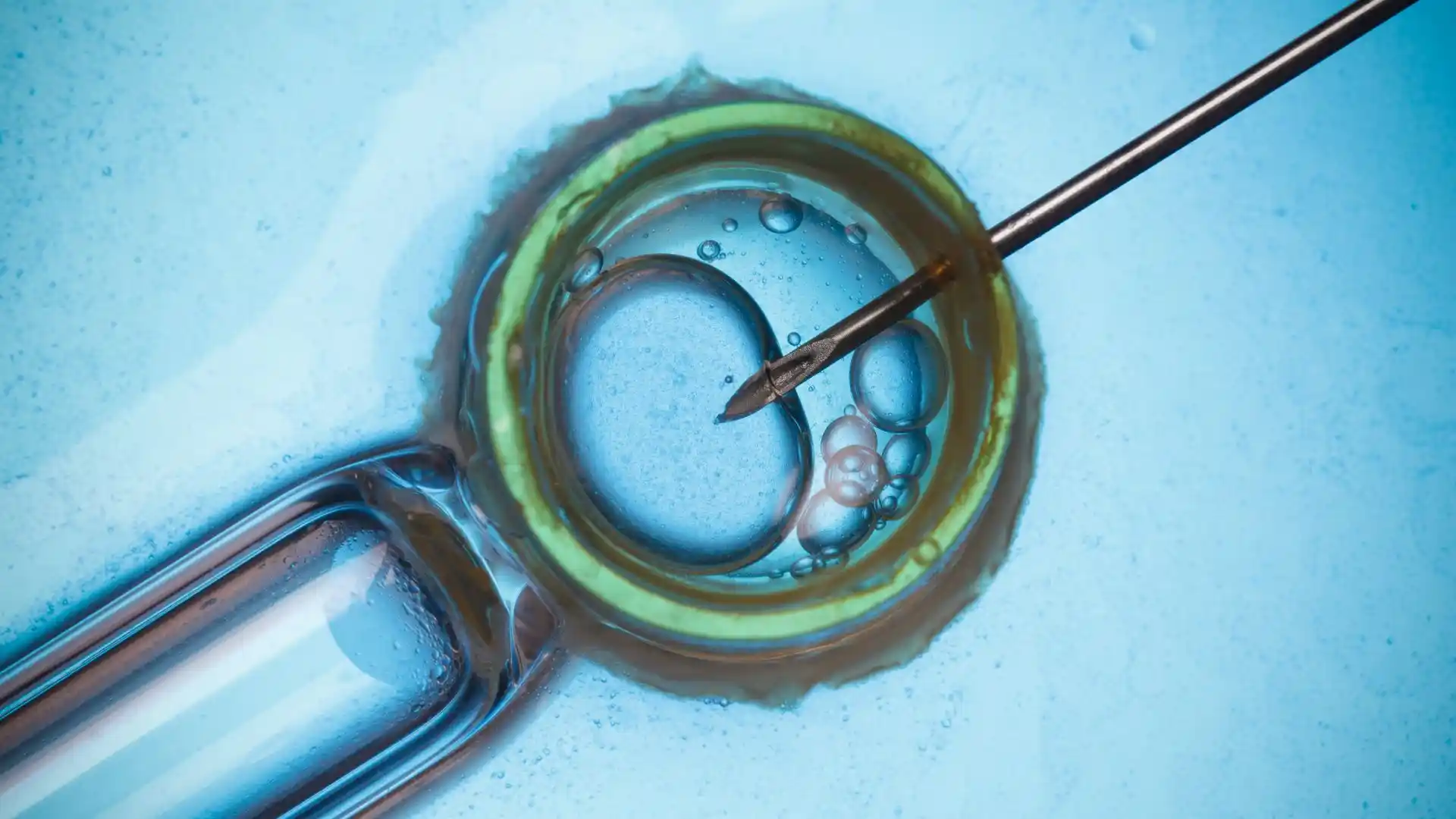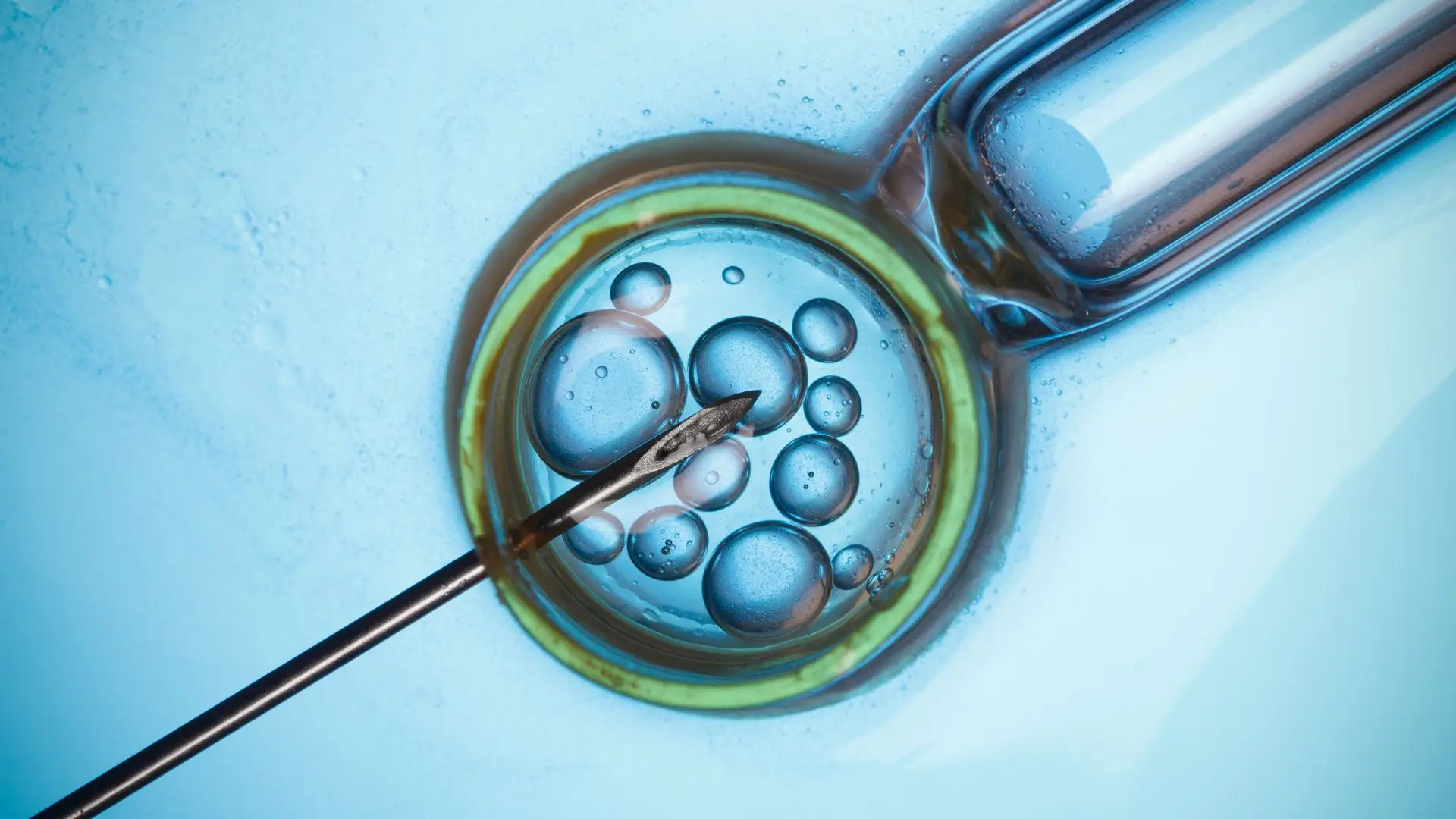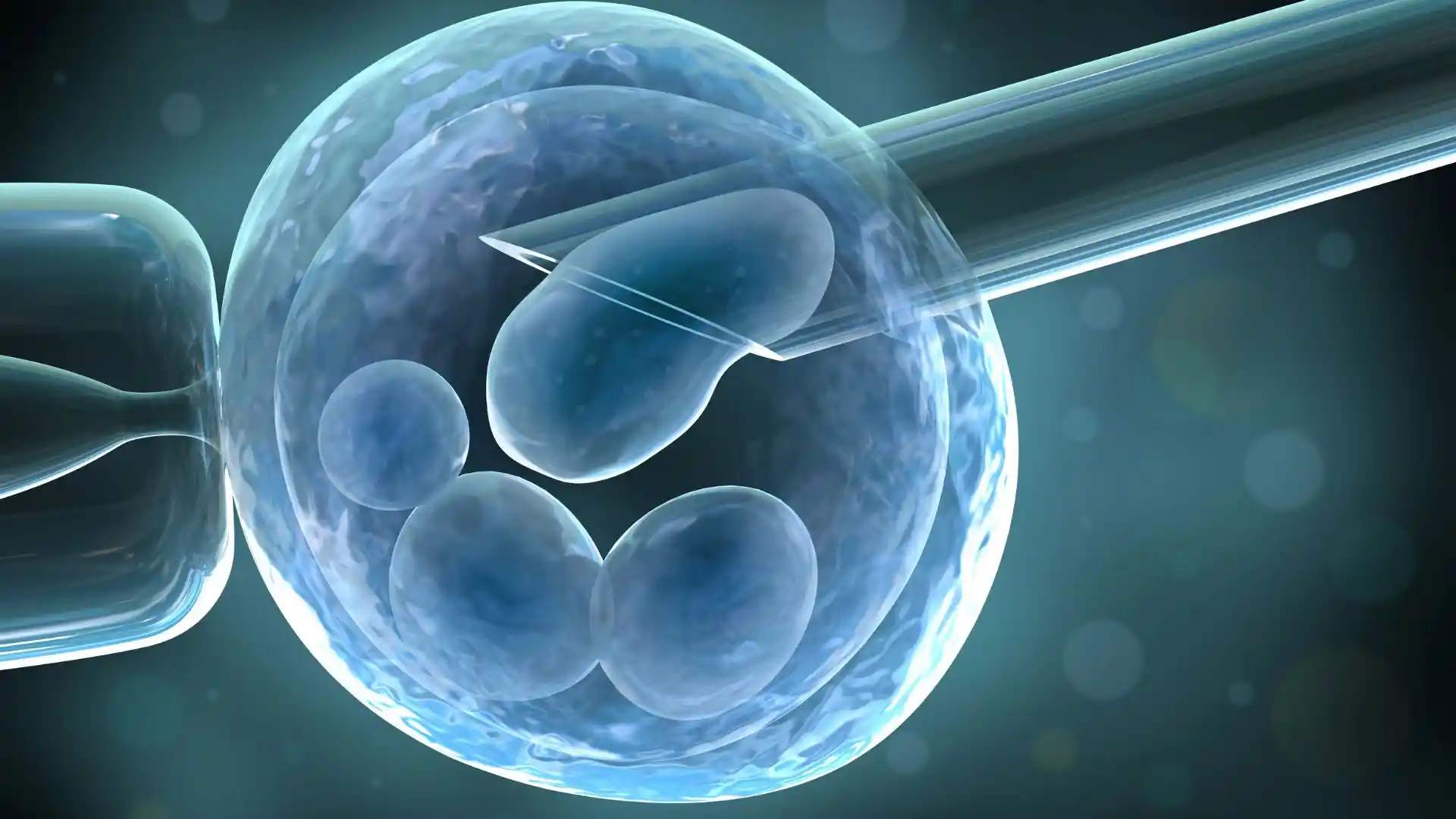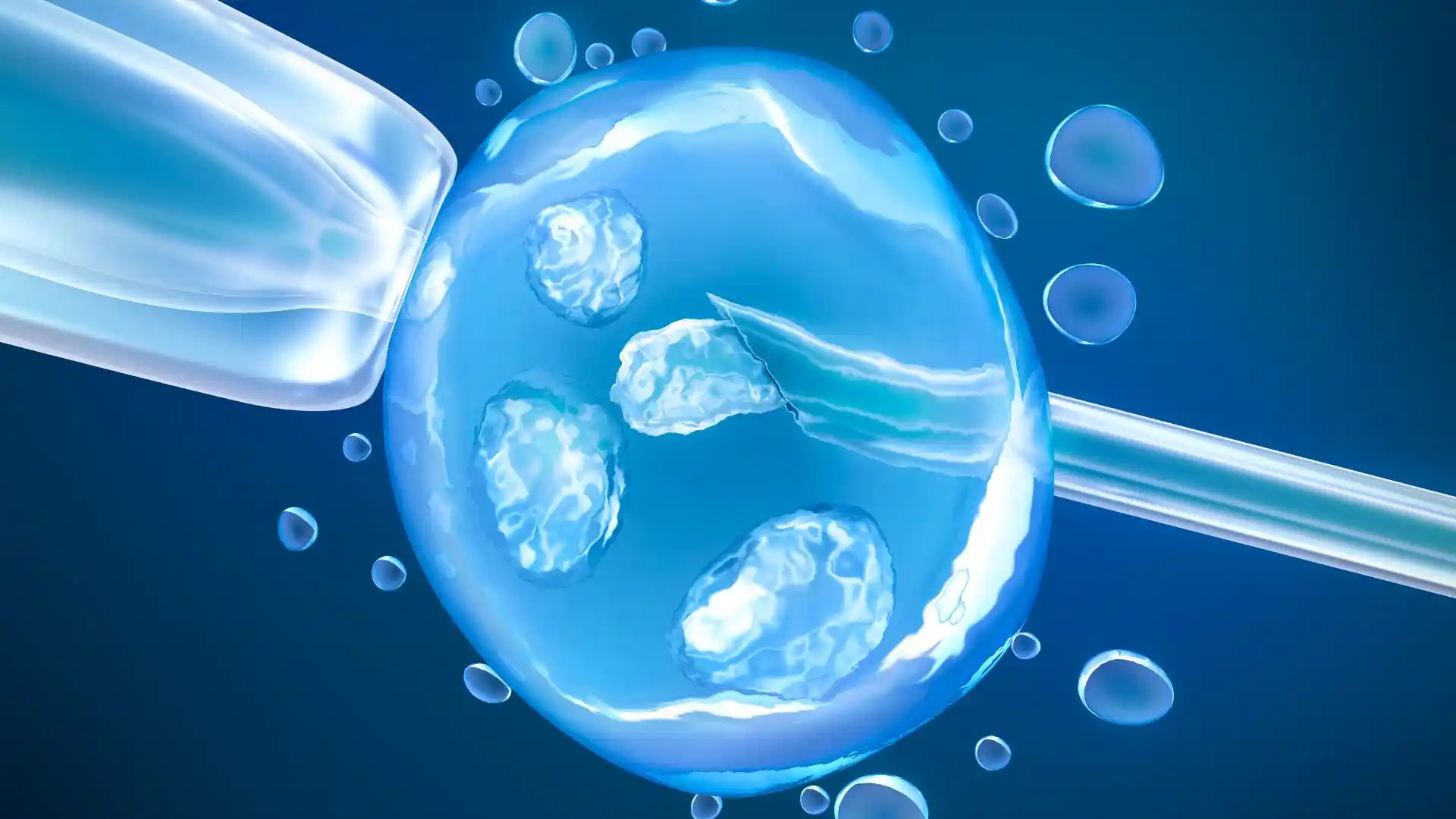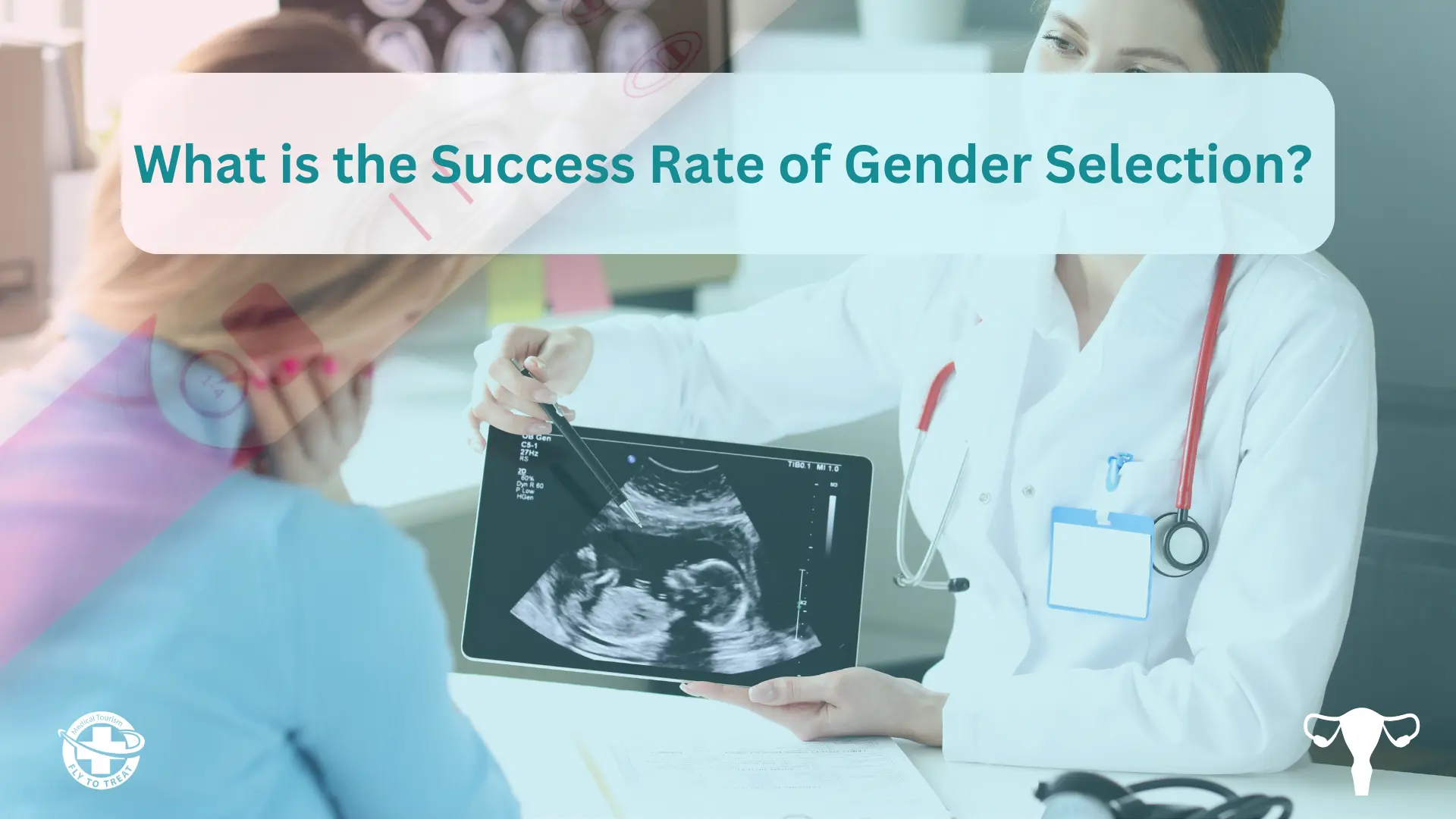
What is the Success Rate of Gender Selection?
Fertility institutes are increasingly using Preimplantation Genetic Diagnosis (PGD) to significantly increase the likelihood of IVF, with PGD success rates in couples whose previous IVF failures have remained unexplained.
Before the embryo's uterus implantation, PGD entails conducting a genetic examination on sample cells. To identify imbalanced genetic translocations and defective chromosomes 21, 18, 13, Y, and X, we biopsy sample cells when the embryo is old enough (on the third day of development) and use FISH methods, which match the various DNA fragments for fluorescein analysis.
Most IVF institutions thoroughly examine how embryos appear under a microscope to distinguish between "good" or "high quality" embryos and those of lower quality. Besides ensuring that their baby will be genetically healthy with a high degree of assurance (around 99%), high PGD gender selection success rates can also help couples choose the gender of their unborn babies and the highest success rate of IVF.
In this article, we’ll explore IVF with PGD success rates and how it can improve the chances of a healthy pregnancy.
You may also want to read more about: “How does IVF and gender selection work?”
Table of Contents
How Accurate is IVF Gender Selection?
IVF gender selection is very precise, and the PGT (PGD) sex selection success rate is nearly 100% correct. Therefore, if you get pregnant using IVF, your child will most probably be the desired sex. However, it’s worth mentioning that when couples apply for IVF with gender selection, they must make sure about the legality of this procedure and be aware of IVF gender selection legal countries.
Although the primary purpose of genetic testing is to lower the chance of chromosomal abnormalities in embryos, as additional or absent chromosomes may cause health issues, PGD is also used for sex selection for couples who insist on choosing the gender of their baby before pregnancy.
However, genetic testing for identifying the baby's sex is optional throughout the IVF procedure, as some parents might prefer not to find out their embryo's sex before its implantation. When parents are asked to give their informed consent for genetic testing, experts advise all healthcare practitioners to state that PGT-A informs them of the sex of their child.
What is the Success Rate of Gender Selection?
PGD (PGT) with a high success rate and a high success rate of IVF gender selection for family balancing gives intended parents the chance to decide the baby's gender during the IVF process. Using PGD tests, fertility specialists can determine whether the embryo contains XX or XY chromosomes, making the gender selection process almost 100% accurate. Age, egg supply, and sperm quality, however, can all affect the likelihood of generating viable embryos of the desired gender.
In such cases, the sperm or egg donation process step-by-step may be taken into consideration. No matter the reason for gender selection, whether scientific or non-obligatory, the achievement fees continue to be significantly excessive with preimplantation genetic prognosis (PGD) or preimplantation genetic screening (PGS/PGT-A). Making use of strategies like sperm spinning, which separates sperm into X and Y chromosomes, in conjunction with IVF and genetic testing guarantees the most dependable approach to attaining correct gender selection.
What is the Success Rate of PGD?
PGD success rates vary depending on several criteria, such as the woman's age, the quality of the embryos, and the particular genetic problems being examined. The success rate of PGD in identifying genetic disorders and achieving a healthy pregnancy typically falls between 30 and 50 percent. But it's crucial to remember that a number of variables, including the women's age and reproductive health, affect how well gender selection IVF success rates, with or without PGD, go overall.
PGD success rate also depends on the following:
1. Quality of the embryo: Successful implantation is more likely for high-quality embryos.
2. Age: Younger women usually have higher success rates due to higher-quality eggs.
3. Genetic disorders: Finding appropriate embryos may depend on the genetic condition studied.
We at FlytoTreat make efforts to comprehend the demands of every individual or couple. Every infertility journey is complicated, and our agency is aware of this. We work hard to meet these particular demands with PGD and IVF, and each of the clinics that cooperates with us has a PGD lab on-site to guarantee the fastest and best results.
We are here to support you as you take action to realize your baby's aspirations. For free consultation and any questions regarding gender selection success rate of PGT/PGD IVF and the treatment process, please Click Here. 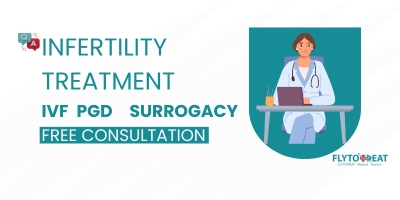
Is Gender Selection Guaranteed?
Yes, the gender selection process is almost 99% accurate for a baby boy and 97% for a baby girl. The only method to guarantee your child's sex is PGD (Preimplantation Genetic Diagnosis), which involves intracytoplasmic sperm injection (ICSI). ICSI is a form of in vitro fertilization where a single sperm is injected directly into the egg.
Though success rates can vary based on several factors, such as the clinic's experience, the individual's health, and other personal variables, the technology used, such as Preimplantation Genetic Testing (PGT) or other methods, can greatly increase the chances of selecting the desired gender. Speaking with a knowledgeable fertility specialist who can offer tailored advice based on your unique circumstances is crucial.
Guaranteed Gender Selection Through FlytoTreat
FlyToTreat provides gender selection using modern fertility methods, such as PGD/PGS and IVF. Although individual factors, such as age and health considerations, might affect success rates, FlyToTreat guarantees a 97% to 99% success rate for your required gender selection by ensuring you will have access to the highest-quality clinics and world-class reproductive physicians. These professionals use the newest technology to increase the likelihood of gender selection success.
A consultation with one of our specialists is always vital to receiving individualized advice based on your unique circumstances. Success rates might vary depending on a number of above-mentioned factors, though. Get in touch with us right now to find out how we can provide the best possible care and assistance to help you accomplish your family's objectives. Click Here
Does PGS Increase the Success of IVF?
Yes, as chromosomally normal embryos are much more likely to implant and result in pregnancy, the PGS improves success rates. Furthermore, through employing PGD/PGS, miscarriage rates are far less than with standard IVF, as the most common cause for miscarriages is chromosome abnormality.
At present, more than half of couples with two or more normal embryos with women under 41 can have a baby on a first IVF with PGD/PGS attempt in FlytoTreat’s program, connecting the couples to the most sophisticated fertility clinics. These couples have already failed multiple prior IVF attempts elsewhere.
Would you like to learn about “Cheapest Countries for IVF in 2025”?
Conclusion
IVF with PGD is a promising approach for raising infertility success rates for couples and for increasing the IVF for gender selection success rate. With the use of preimplantation genetic diagnosis, the likelihood of a healthy kid is significantly increased, and gender selection is possible with almost 100% IVF gender selection accuracy.
As an expert in this field, FlyToTreat collaborates with the world's leading fertility clinics to guarantee that couples may get cutting-edge care and treatments. For a free consultation, contact us right now if you're prepared to move forward with your dream of becoming a parent.
MEDICALLY REVIEWED BY: Dr. Ali Bazazi
AUTHOR: FlytoTreat's team of Authors
08 March 2025 - Updated At: 08 March 2025
Related Articles
Related Services
Comment

